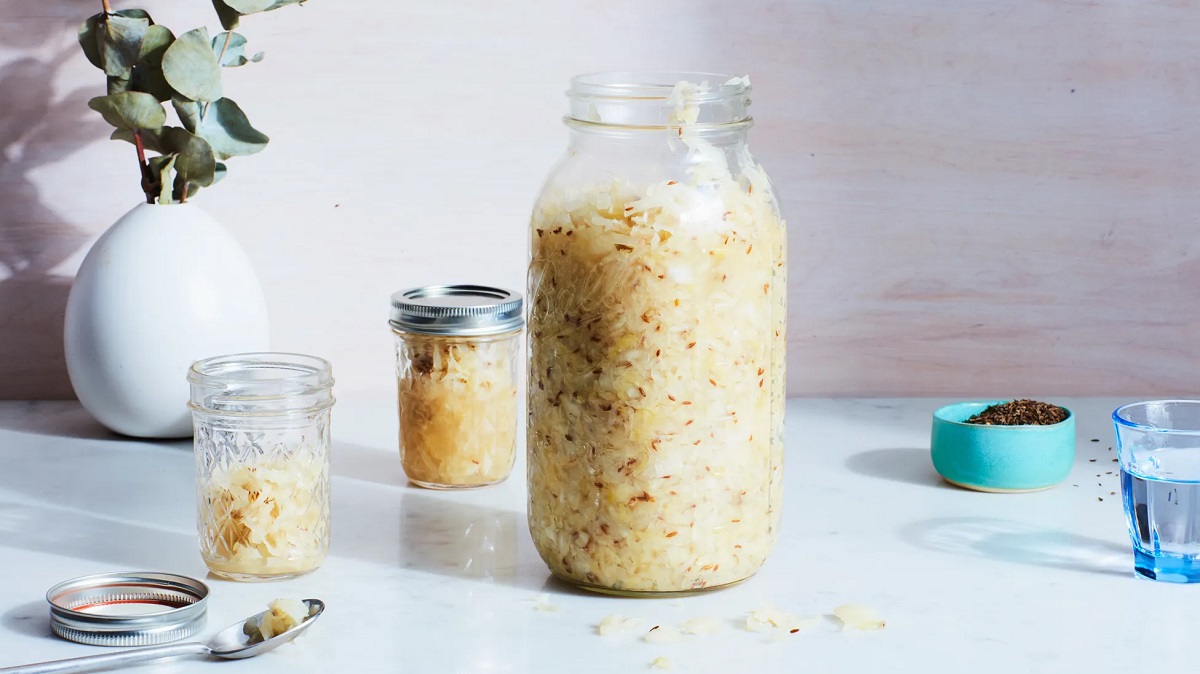

Articles
How To Store Sauerkraut After Opening
Modified: May 6, 2024
Looking for tips on how to store sauerkraut after opening? Check out our informative articles for expert advice and best practices.
(Many of the links in this article redirect to a specific reviewed product. Your purchase of these products through affiliate links helps to generate commission for Storables.com, at no extra cost. Learn more)
Introduction
Sauerkraut is a delightful and tangy fermented cabbage dish that is beloved by many. Packed with flavor and probiotics, it is not only delicious but also offers several health benefits. Whether you love sauerkraut as a side dish, a topping for sandwiches or hot dogs, or as an ingredient in various recipes, it’s important to know the best way to store it after opening.
Properly storing sauerkraut is crucial to maintain its freshness and quality. When exposed to air and moisture, sauerkraut can spoil, lose its crunchy texture, and develop off-flavors. By following the right storage methods, you can extend the shelf life of sauerkraut and continue to enjoy its deliciousness.
In this article, we will explore the importance of properly storing sauerkraut after opening and provide you with general guidelines and various options for storing sauerkraut to ensure it stays fresh and tasty. Whether you choose to refrigerate, freeze, or can your sauerkraut, we’ve got you covered. So, let’s delve into the details and discover the best way to store sauerkraut after opening.
Key Takeaways:
- Properly storing sauerkraut is essential to preserve its tangy flavor, crunchy texture, and health benefits. Refrigeration, freezing, or canning are effective methods to extend its shelf life and maintain its deliciousness.
- Whether you’re a sauerkraut enthusiast or new to the fermented delight, following simple storage guidelines and tips can ensure your sauerkraut remains fresh, flavorful, and safe to enjoy. Refrigeration, freezing, or canning provide versatile options for preserving this beloved dish.
Read more: How To Store Sauerkraut After Fermentation
Importance of Properly Storing Sauerkraut
Properly storing sauerkraut is essential to maintain its taste, texture, and quality. Here are a few reasons why it’s important to store sauerkraut correctly:
- Preserving Freshness: Sauerkraut is a fermented food that relies on the presence of beneficial bacteria for its unique flavor and health benefits. When stored improperly, these bacteria can die off, leading to a decline in freshness. It’s crucial to protect the sauerkraut from exposure to air and moisture to prevent spoilage.
- Maintaining Crunch: Sauerkraut is known for its signature crisp texture, which can be compromised if not stored correctly. Exposure to moisture can lead to the softening of the cabbage, resulting in a loss of its desirable crunchiness.
- Preventing Flavor Degradation: When sauerkraut is exposed to air, it can start to oxidize, leading to off-flavors and a change in taste. Proper storage techniques help preserve the natural tangy and savory flavors of sauerkraut.
- Preventing Mold and Bacterial Growth: With sauerkraut being a fermented food, it’s susceptible to mold and bacterial growth if not stored properly. Refrigeration or freezing can inhibit the growth of harmful microorganisms and extend the shelf life of sauerkraut.
By understanding the importance of proper storage methods, you can ensure that your sauerkraut remains fresh, crunchy, and delicious, allowing you to enjoy it to the fullest extent.
General Guidelines for Storing Sauerkraut After Opening
When it comes to storing sauerkraut after opening, there are a few general guidelines to keep in mind. Following these tips will help maintain the quality and freshness of your sauerkraut:
- Transfer to an Airtight Container: Once you open a jar or package of sauerkraut, it’s best to transfer the remaining sauerkraut to an airtight container. This will prevent the entry of air and moisture, which can cause the sauerkraut to spoil or lose its texture and flavor.
- Remove Excess Liquid: Sauerkraut tends to release liquid as it ferments, and this liquid, also known as brine, can promote spoilage. Before transferring the sauerkraut to a container, drain off any excess brine and discard it. This will help maintain the overall quality of the sauerkraut.
- Label and Date: To keep track of the storage time and ensure you use the sauerkraut before it goes bad, it’s helpful to label the container with the date of opening. This way, you can easily identify the freshness of the sauerkraut and avoid consuming it past its prime.
- Store in the Refrigerator: The refrigerator is the preferred storage location for sauerkraut after opening. The cool temperature helps slow down the fermentation process and extends the shelf life. Keep the sauerkraut container towards the back of the refrigerator, away from the door, to avoid temperature fluctuations.
- Protect from Light: Sauerkraut is sensitive to light, as exposure can affect the flavors and quality. Store the sauerkraut in a dark area of the refrigerator or use an opaque container to shield it from light.
- Follow Manufacturer’s Instructions: Different brands and homemade sauerkraut may have specific storage recommendations. It’s always a good idea to follow the instructions provided by the manufacturer or recipe to ensure optimal storage conditions.
By following these general guidelines, you can keep your sauerkraut fresh and enjoyable for a longer period. Now that we’ve covered the basics, let’s explore different options for storing sauerkraut after opening!
Option 1: Refrigeration Method
Refrigeration is a popular and effective method for storing sauerkraut after opening. Follow these steps to properly refrigerate your sauerkraut:
- Transfer to a Container: After opening the sauerkraut jar or package, transfer the remaining sauerkraut to an airtight container. Ensure that the container is clean and dry.
- Seal the Container: Close the container tightly to prevent air and moisture from entering.
- Label and Date: Use a label or marker to indicate the date of opening on the container. This will help you keep track of the sauerkraut’s freshness.
- Store in the Refrigerator: Place the sealed container of sauerkraut in the refrigerator. The cool temperature of the refrigerator helps slow down the fermentation process and preserves the freshness of the sauerkraut.
- Check for Spoilage: Periodically check the sauerkraut for any signs of spoilage, such as an off smell or mold. If you notice any indications of spoilage, discard the sauerkraut.
When stored properly in the refrigerator, sauerkraut can maintain its quality for several weeks or even months. However, bear in mind that the flavor and texture may change slightly over time. It’s best to consume refrigerated sauerkraut within a reasonable time frame to enjoy it at its best.
Refrigeration is a convenient option for those who consume sauerkraut frequently and want easy access to their favorite fermented delicacy. However, if you’re looking for a longer-term storage solution or have a surplus of sauerkraut, freezing or canning might be a better choice. Let’s explore those options next.
Store sauerkraut in an airtight container in the refrigerator after opening. Make sure the kraut is fully submerged in its brine to maintain its freshness and flavor.
Option 2: Freezing Method
If you have a surplus of sauerkraut or want to store it for an extended period, freezing is an excellent option. Freezing helps preserve the flavor, texture, and nutritional value of sauerkraut. Here’s how you can freeze sauerkraut:
- Transfer and Divide: Transfer the sauerkraut to freezer-safe containers or freezer bags. Divide the sauerkraut into smaller portions that you are likely to use in one go. This will make it easier to thaw and use only what you need.
- Remove Excess Air: Before sealing the container or bag, squeeze out as much air as possible. This step helps prevent freezer burn and maintain the overall quality of the sauerkraut.
- Seal and Label: Seal the containers or bags tightly to prevent any air or moisture from entering. Label them with the date of freezing for future reference.
- Freeze: Place the sauerkraut containers or bags in the freezer. Make sure they are arranged in a flat position to save space and allow for quicker and more even freezing.
- Thawing and Using: To use frozen sauerkraut, transfer the desired amount to the refrigerator and let it thaw overnight. Once thawed, you can incorporate it into your recipes or enjoy it as a side dish.
Frozen sauerkraut can maintain its quality for up to several months. However, it may experience some slight changes in texture after thawing. It’s best to consume the thawed sauerkraut within a reasonable time frame to enjoy its optimal taste and texture.
Freezing sauerkraut is a convenient option for preserving larger quantities or when you anticipate a longer storage period. It allows you to have sauerkraut readily available whenever you need it without compromising its quality.
Now that we’ve discussed the refrigeration and freezing methods, let’s explore an alternative option for long-term storage: canning.
Read more: How To Store Sauerkraut
Option 3: Canning Method
If you’re looking for a long-term storage solution for your sauerkraut, canning is an excellent option. Canning sauerkraut helps preserve its flavor and texture for an extended period without the need for refrigeration or freezing. Here’s how you can can sauerkraut:
- Prepare the Jars: Start by sterilizing your canning jars and lids according to proper canning guidelines. This ensures that the jars are clean and free from any bacteria or contaminants.
- Heat the Sauerkraut: Place the sauerkraut in a pot and heat it on the stove, bringing it to a boil. This helps kill any harmful bacteria and ensures the sauerkraut is hot when added to the jars.
- Fill the Jars: Using a clean ladle or tongs, transfer the hot sauerkraut into the sterilized canning jars, leaving about 1 inch of headspace at the top.
- Add Liquid: If necessary, add a small amount of brine or water to the jars to cover the sauerkraut. This helps maintain the desired consistency and ensures the sauerkraut stays moist during the canning process.
- Seal and Process: Wipe the jar rims clean, place the lids on the jars, and screw on the bands fingertip-tight. Process the jars in a boiling water bath canner according to the recommended processing time for sauerkraut. This ensures proper sealing and preservation.
- Cool and Store: After the jars have been processed, remove them from the canner and let them cool on a clean, dry towel. Once cooled, check that each jar is properly sealed. Store the sealed jars in a cool, dark place, such as a pantry or cellar.
Canned sauerkraut can last for a year or longer if stored in proper conditions. It’s important to regularly check the jars for any signs of spoilage, such as bulging lids, strange odors, or mold growth. If you notice any of these signs, discard the sauerkraut immediately.
Canning sauerkraut provides a convenient and durable storage method that allows you to enjoy your homemade sauerkraut throughout the year, even when fresh produce is not readily available.
Remember to always follow proper canning procedures and guidelines to ensure the safety and shelf life of your canned sauerkraut.
Now that we’ve explored the different storage options for sauerkraut, let’s move on to some tips on how to maintain the quality of your sauerkraut regardless of which method you choose.
Tips for Maintaining Sauerkraut Quality
Whether you choose to refrigerate, freeze, or can your sauerkraut, there are a few essential tips to keep in mind to maintain its quality and ensure a delightful culinary experience. Here are some tips to help you:
- Avoid Cross-Contamination: When serving sauerkraut, always use clean utensils to prevent cross-contamination. This will help prevent the growth of harmful bacteria and maintain the freshness of the remaining sauerkraut.
- Use Quality Ingredients: Start with fresh and high-quality cabbage when making homemade sauerkraut. The quality of the cabbage will directly impact the taste and texture of the sauerkraut.
- Keep it Covered: Whether in the refrigerator or freezer, always ensure that your sauerkraut is properly covered and sealed. This will prevent air and moisture from entering and help preserve freshness.
- Avoid Temperature Fluctuations: When storing sauerkraut in the refrigerator, avoid frequent temperature changes by placing it towards the back of the refrigerator. Opening and closing the refrigerator door frequently can cause temperature fluctuations, which may affect the quality of the sauerkraut.
- Rotate and Use First-In, First-Out (FIFO) Method: If you have multiple containers of sauerkraut, rotate them regularly to ensure that the oldest sauerkraut is used first. This will help prevent spoilage and maintain a good supply of fresh sauerkraut.
- Store in Glass or BPA-Free Containers: When storing sauerkraut, opt for glass containers, as plastic containers may absorb odors and flavors over time. If using plastic containers, ensure they are free of BPA (Bisphenol A), a chemical that can leach into food.
- Keep an Eye on Quality: Regularly inspect your stored sauerkraut for any signs of spoilage, such as off smells, mold growth, or unusual textures. If you notice any abnormalities, discard the sauerkraut to avoid any health risks.
By following these tips, you can ensure that your sauerkraut remains fresh, flavorful, and safe to consume. Whether you’re enjoying sauerkraut as a standalone dish or incorporating it into your favorite recipes, these tips will help maintain its quality and enhance your culinary experience.
Now that you’re equipped with knowledge on proper sauerkraut storage and maintenance, you can confidently indulge in this delicious and nutritious fermented treat whenever you desire!
Happy sauerkraut storing!
Conclusion
Sauerkraut is a versatile and flavorful fermented cabbage dish loved by many. Properly storing sauerkraut after opening is crucial to maintain its freshness, texture, and flavor. Whether you choose to refrigerate, freeze, or can your sauerkraut, following the right storage methods will ensure that you can enjoy its delightful taste for an extended period.
Refrigeration is a convenient option for short-term storage, allowing you easy access to your sauerkraut. Freezing is ideal for preserving larger quantities or for long-term storage, while canning provides a durable option for sauerkraut enjoyment throughout the year.
By following general guidelines such as transferring sauerkraut to airtight containers, properly labeling and dating, and storing in the right conditions, you can maintain the quality of your sauerkraut. Pay attention to maintaining cleanliness, avoiding cross-contamination, and using quality ingredients to enhance the sauerkraut’s taste and longevity.
Remember to regularly check your stored sauerkraut for any signs of spoilage and discard any sauerkraut that does not meet quality standards to prevent any health risks.
Now that you have a comprehensive understanding of how to store sauerkraut after opening, you can confidently enjoy this tangy and probiotic-rich delicacy whenever your cravings strike. Whether you choose to enjoy sauerkraut as a side dish, a topping, or an ingredient in various recipes, proper storage ensures that the sauerkraut remains fresh and delicious.
So, go ahead and savor the wonderful flavors of sauerkraut while maintaining its quality by employing the right storage techniques. Happy sauerkraut storing and bon appétit!
Now that you've mastered storing sauerkraut, why not perfect your pasta pantry as well? Organizing spaghetti doesn't have to be a noodle-scratching challenge. Dive into our latest guide on choosing the best spaghetti container storage solutions. This guide not only simplifies your search but ensures your spaghetti stays as fresh as the day you bought them. Ready to tidy up your kitchen space? Check out our recommendations and transform your cupboard chaos into neatly organized bliss!
Frequently Asked Questions about How To Store Sauerkraut After Opening
Was this page helpful?
At Storables.com, we guarantee accurate and reliable information. Our content, validated by Expert Board Contributors, is crafted following stringent Editorial Policies. We're committed to providing you with well-researched, expert-backed insights for all your informational needs.

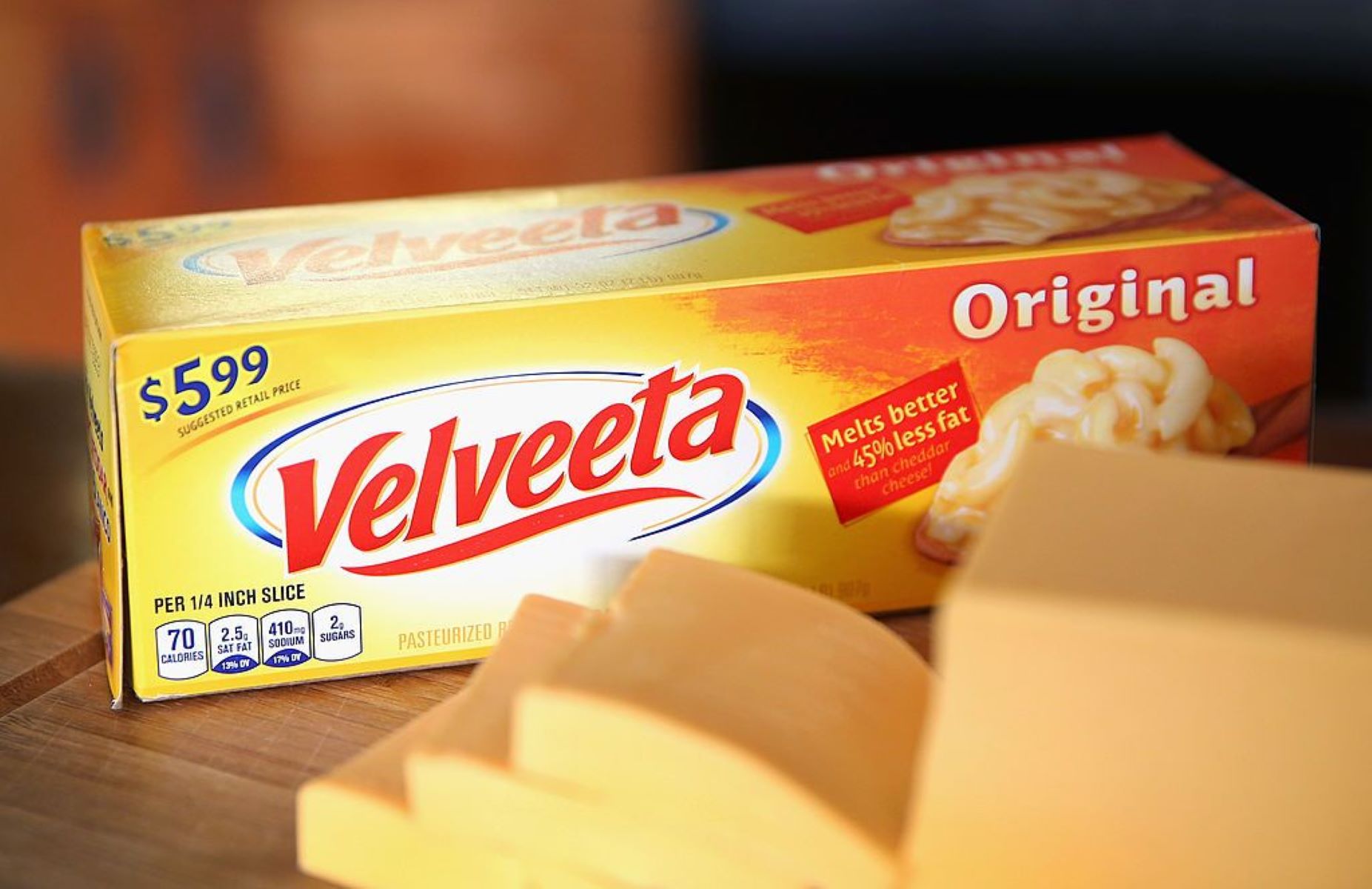
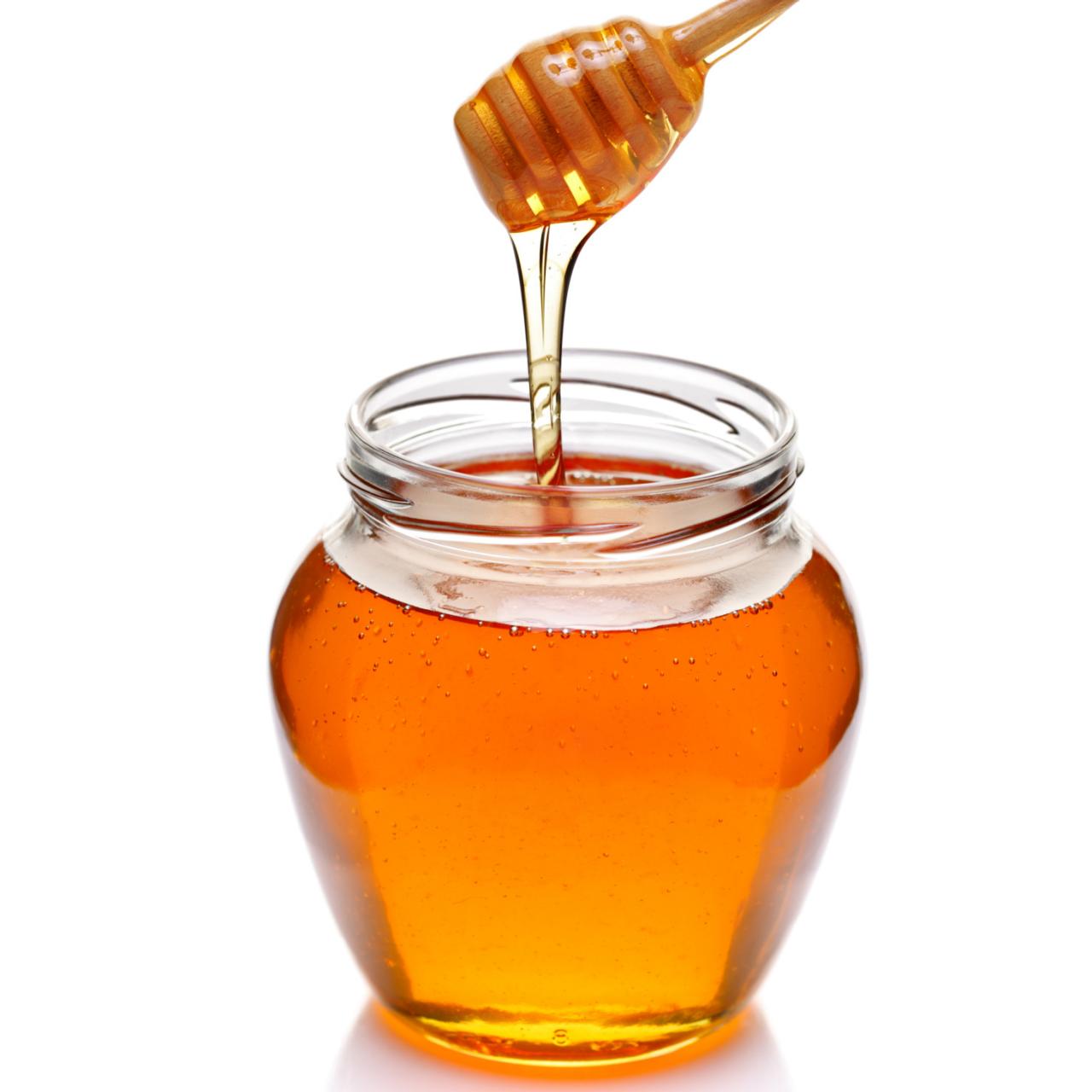
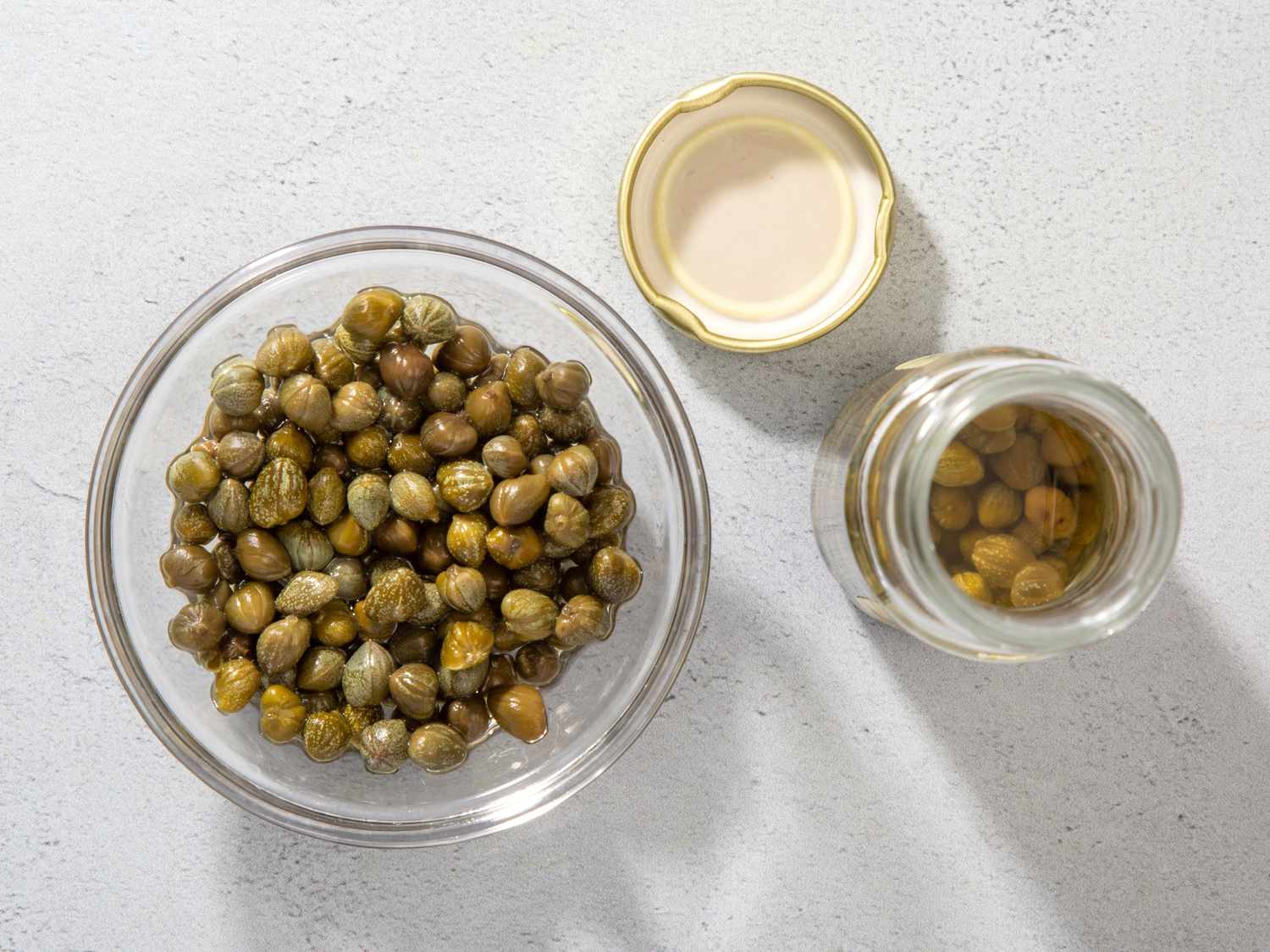



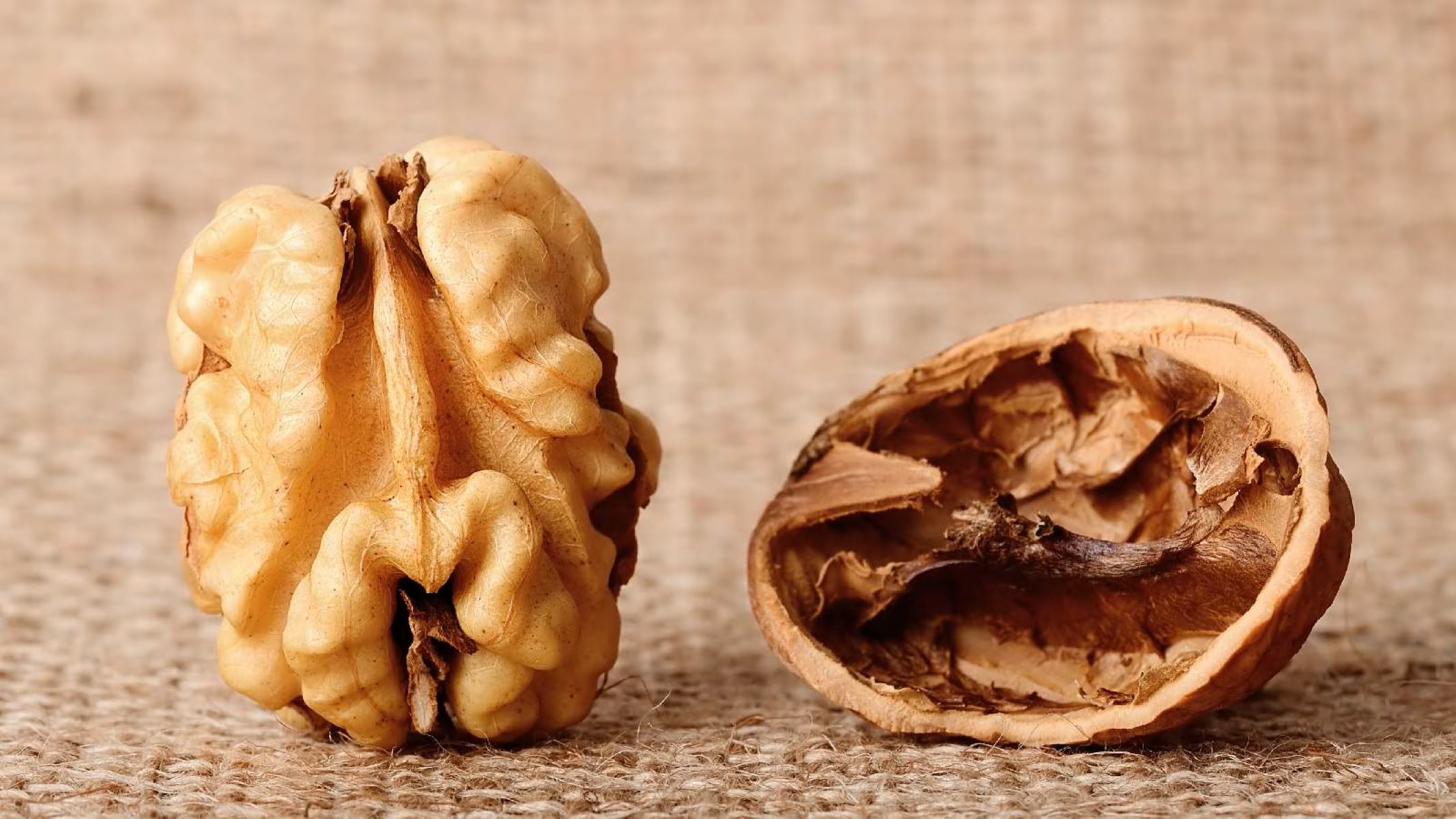

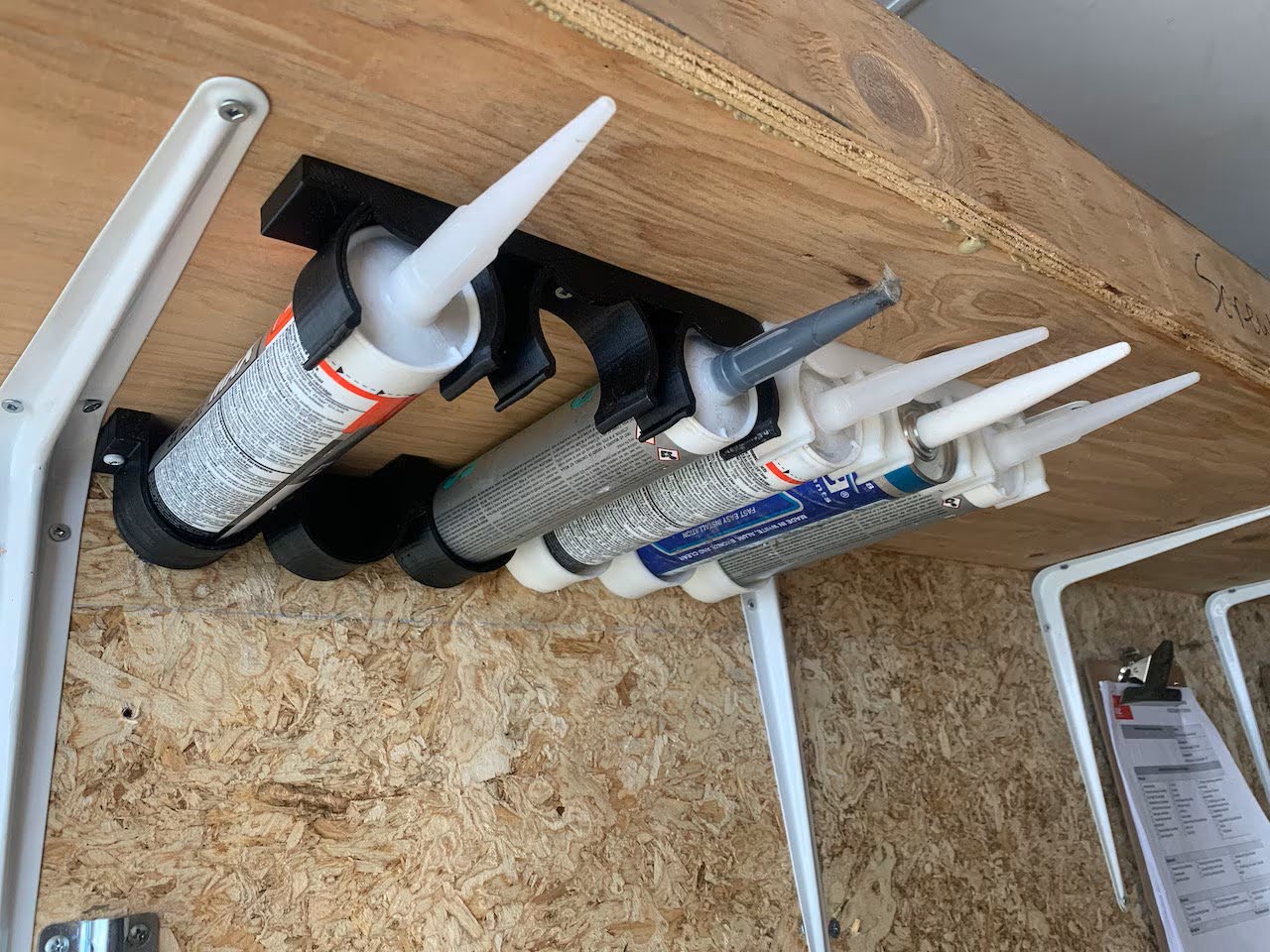

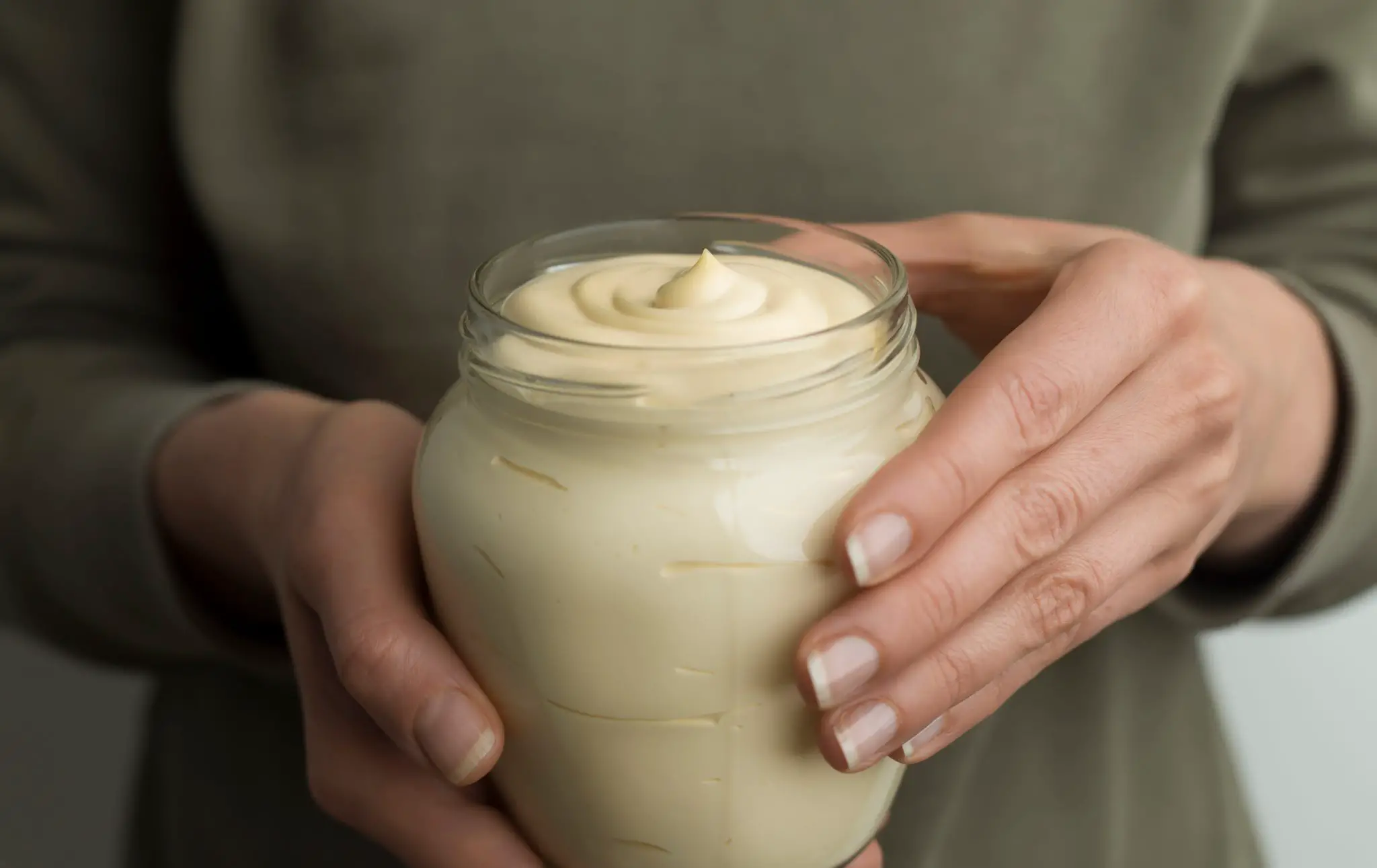



0 thoughts on “How To Store Sauerkraut After Opening”